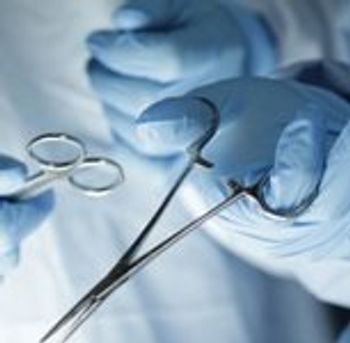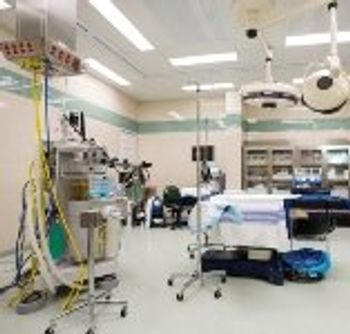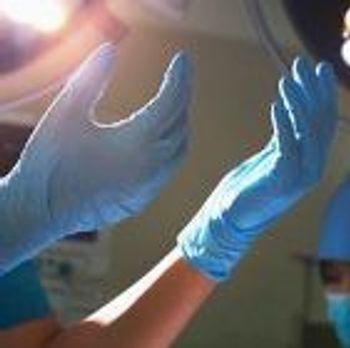
A new study looks at whether or not women with dense breasts require alternative screening methods. Conventional wisdom about reducing salt intake to lower blood pressure may not be correct. What's the impact of breastfeeding on reducing the recurrence of certain breast cancer types.











